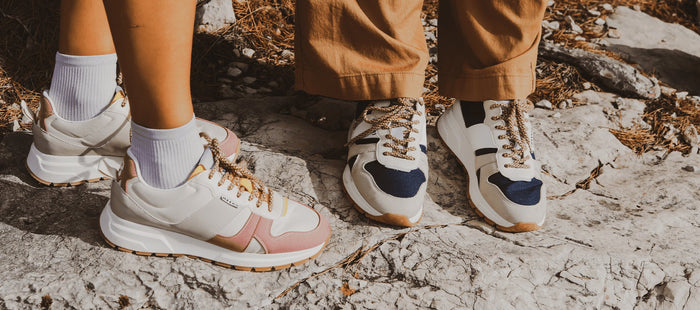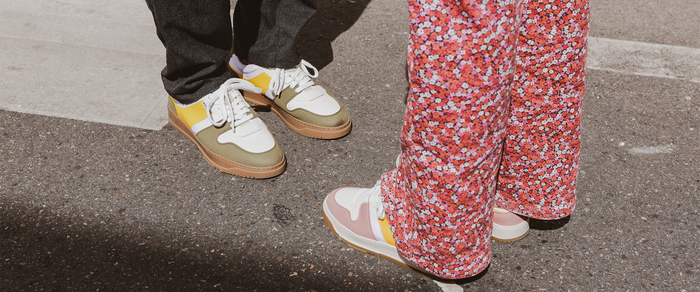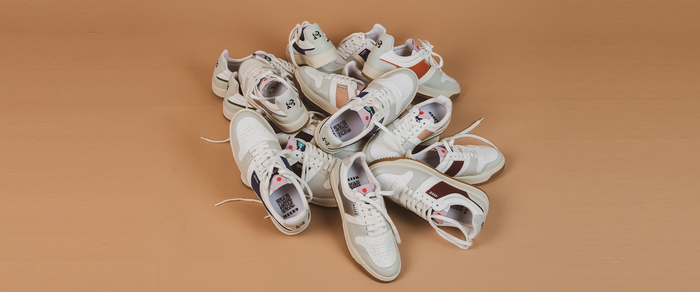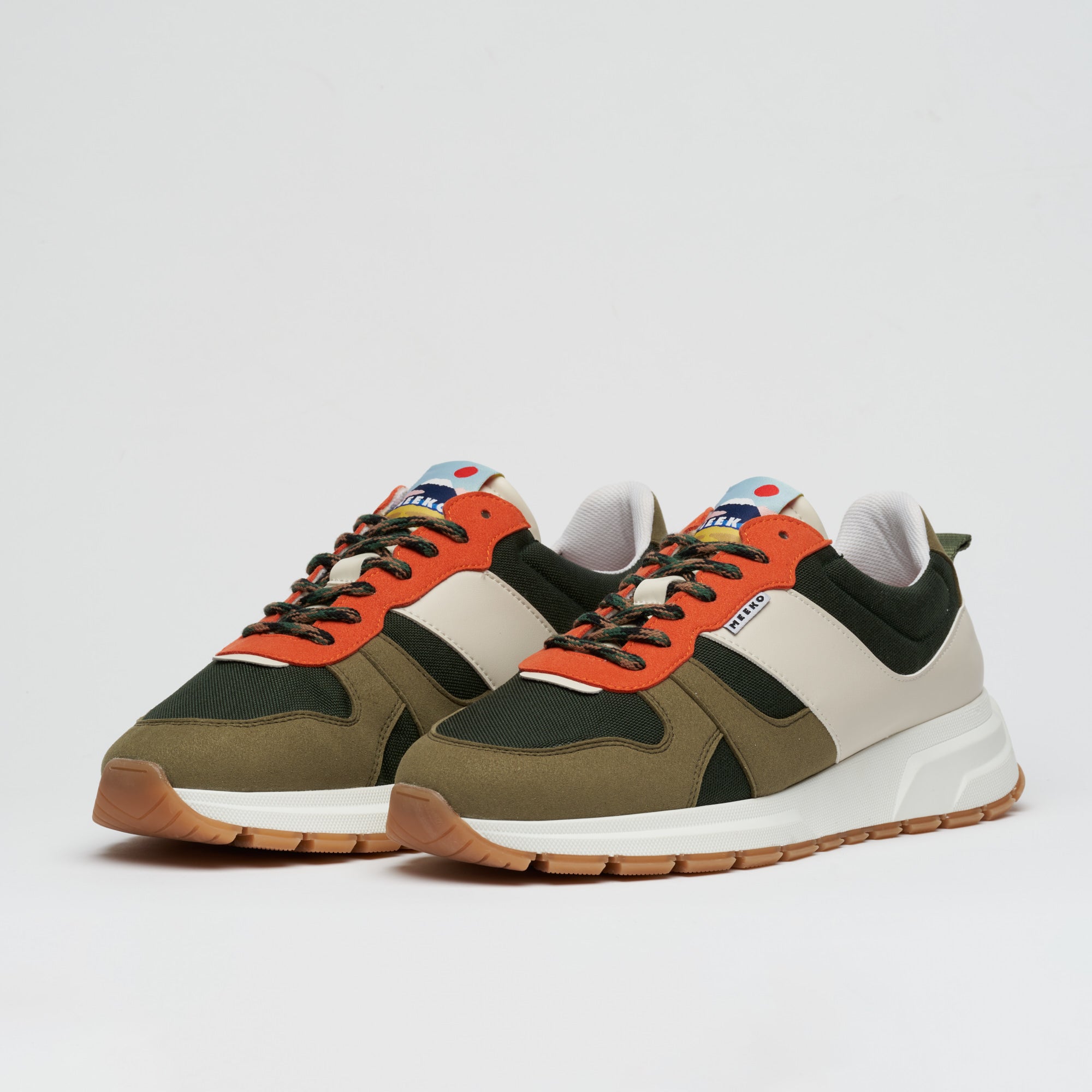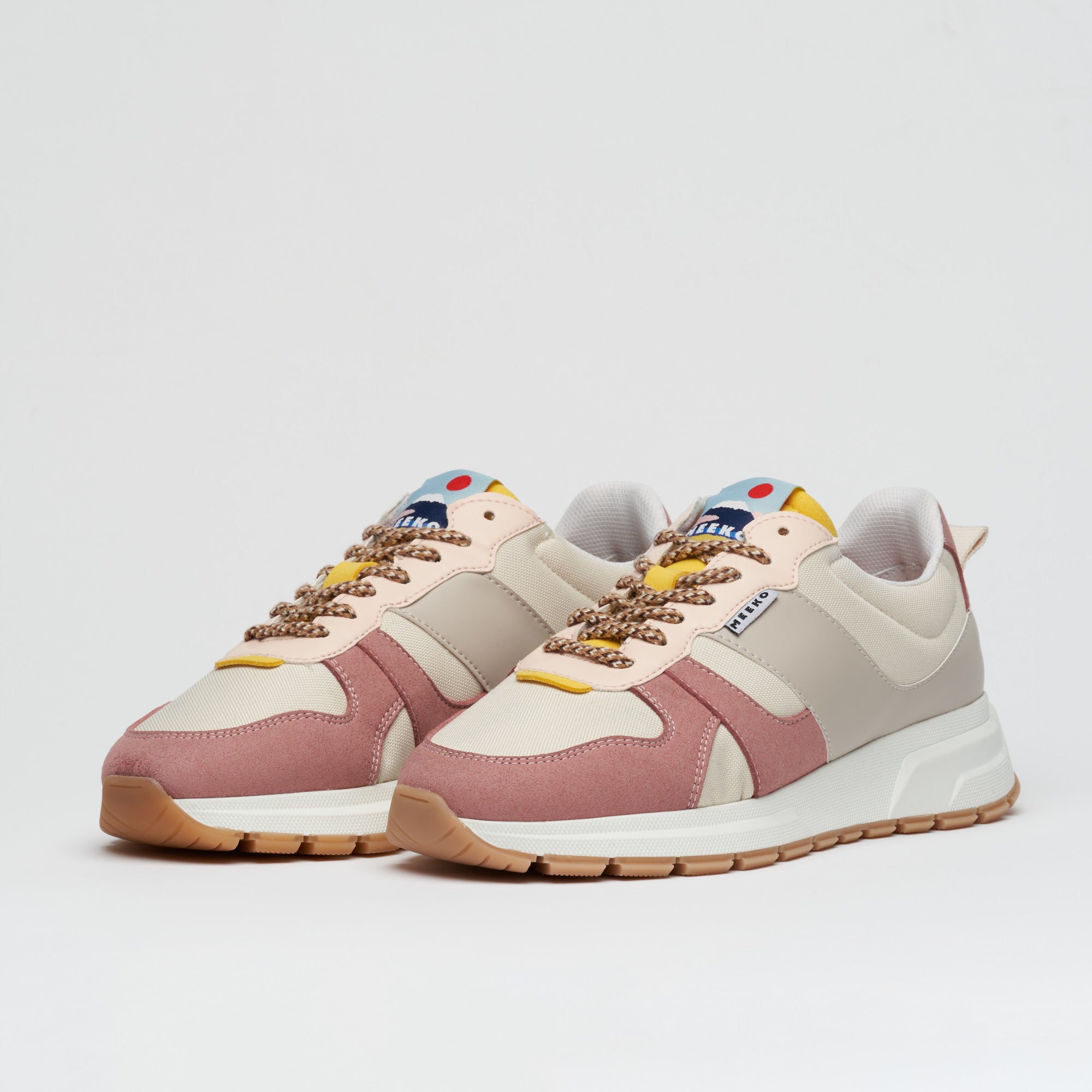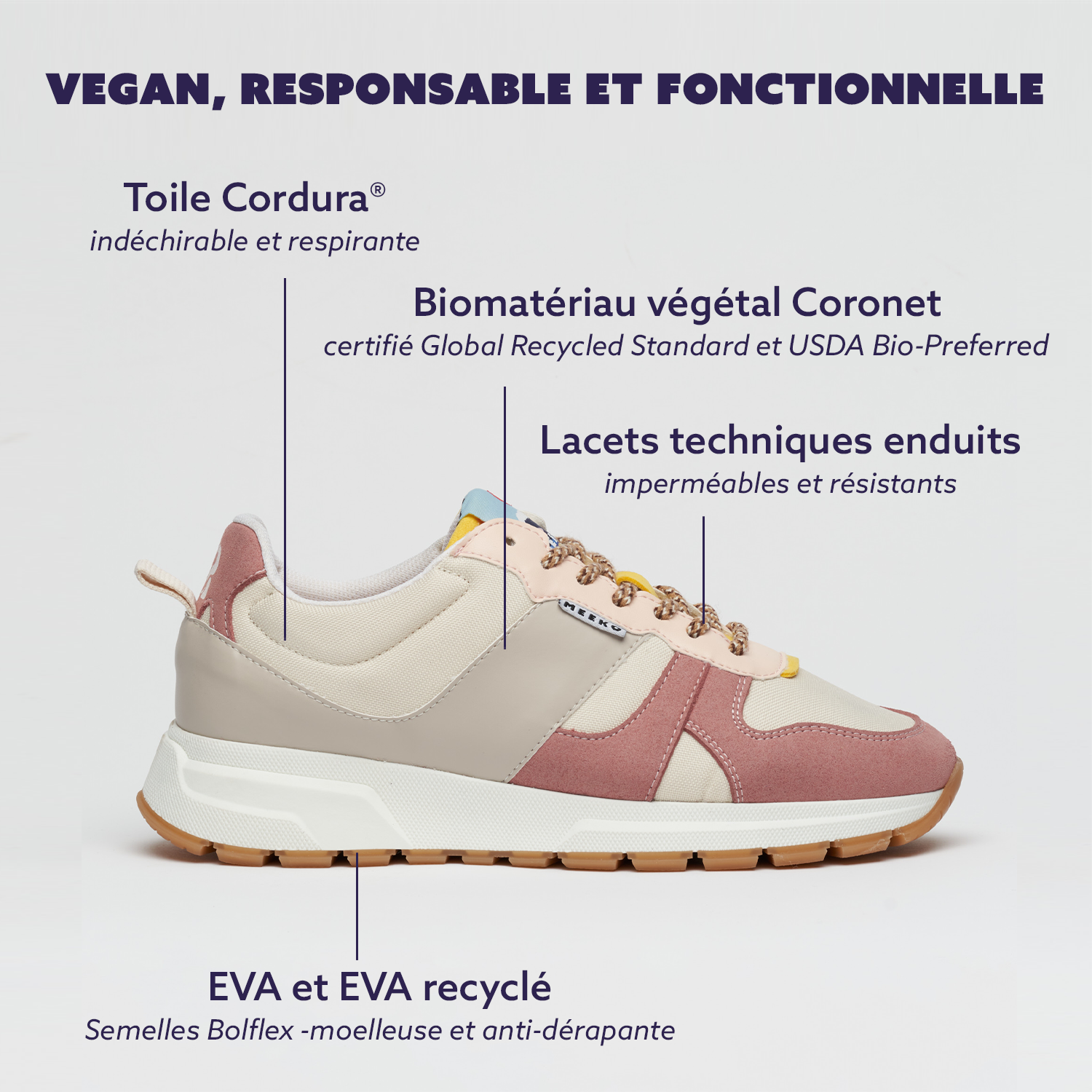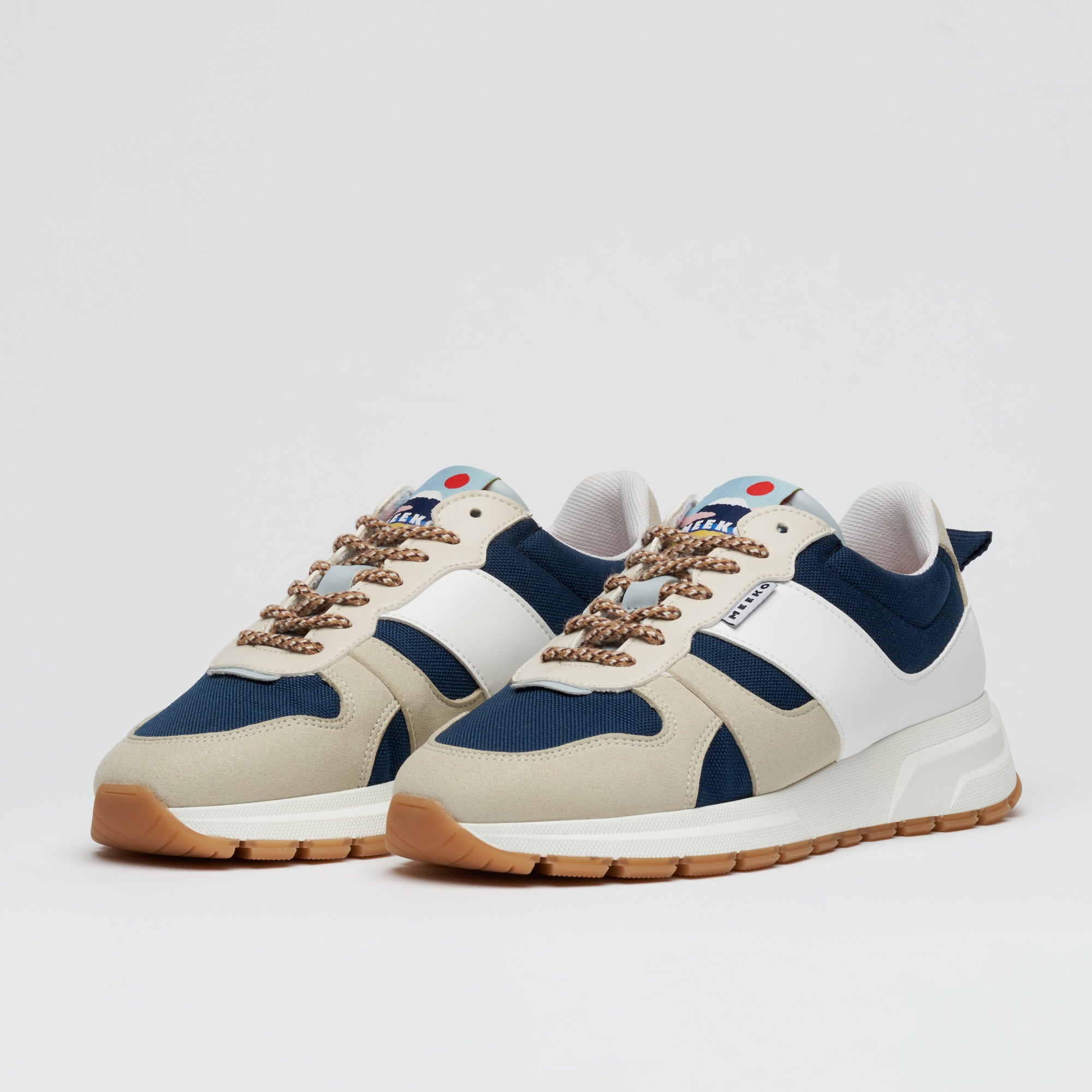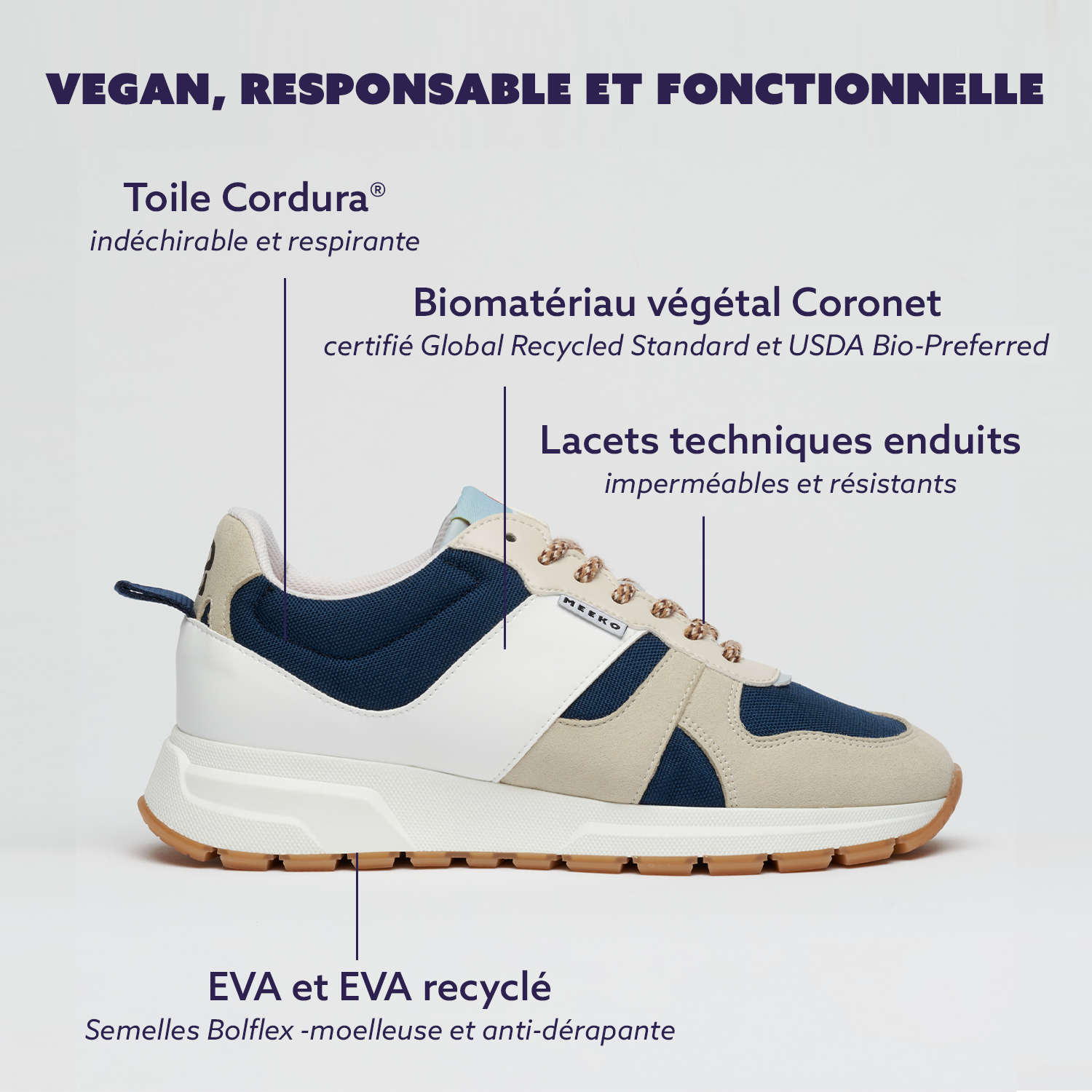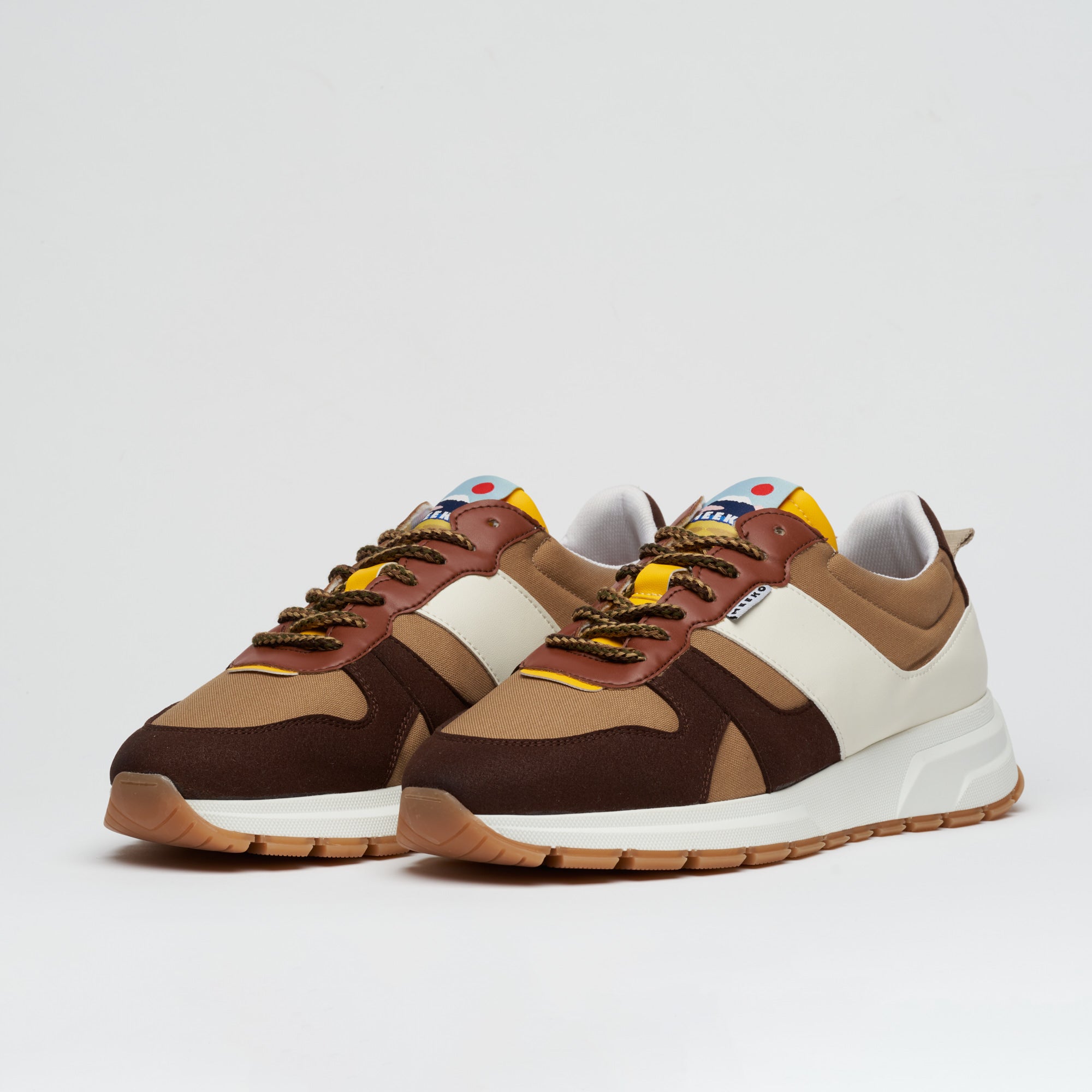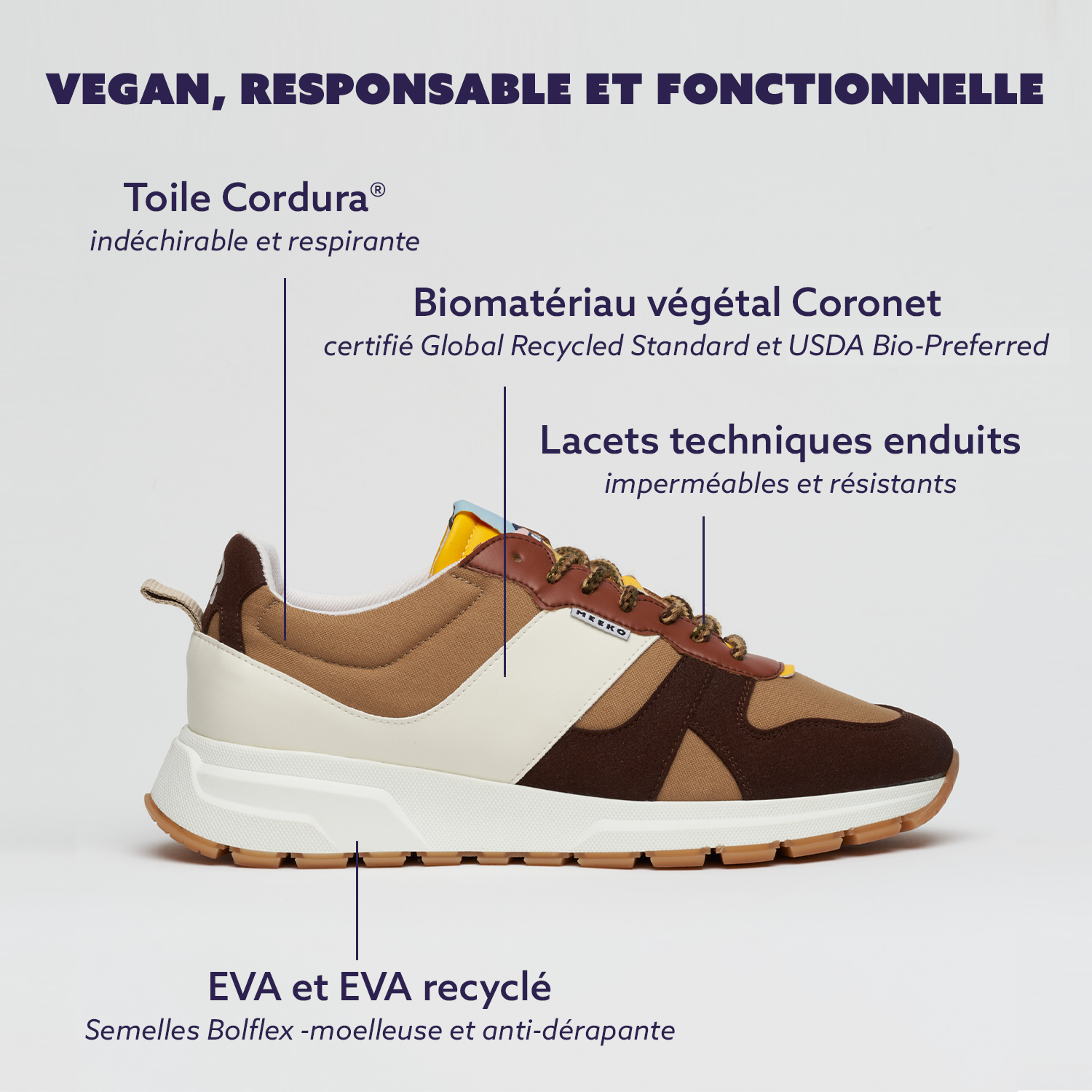4 lessons that fashion could learn from tech
Through innovative design and key legislation, technology is paving the way for reduced impact, with a focus on longevity, repair and customization.
We live in the future, or hell, depending on who you ask. The tangible attributes of fashion - texture, fit, expression, collection - have been devoured and regurgitated by the tech world, just as likely to be snapped up by a crypto bro as it is by a seasoned follower of the fashion. The unique couture piece has become a limited edition of NFT and the metaverse is giving Milan & Paris a hard time. Whether it's fashion shows and in-game collections, digital clothing or models in virtual reality, fashion and technology are becoming inseparable.
Like fashion, the tech industry is far from perfect, and not just because it's responsible for the most soulless, transactional art you've ever seen. Depending on the system it runs on, cryptocurrency can be a power-intensive environmental nightmare; a single Ethereum transaction has a carbon footprint equivalent to 323,609 VISA transactions, and planned obsolescence increasing technology turnover led to the generation of 53.6 million metric tons of electronic waste (e-waste) in 2019.
However, amidst the hype and the endless upgrade cycle, there is fresh thinking and design. Driven by industry insiders and consumers alike, a new sustainability-focused undercurrent is emerging, centered around longevity, repair, customization and the future. Through global campaigns, innovative design and the introduction of key pieces of legislation, some facets of the tech industry are paving the way for low-impact, eco-friendly production, and here's what fashion can learn from them.
Right to repair
The Right to Repair campaign was launched in September 2019, with the goal of removing arbitrary barriers that brands had put in place to make it more difficult to repair products. The campaign worked, and the EU introduced right to repair legislation in 2021. Under this legislation, brands must make devices more durable and provide spare parts for up to ten years. years.
In France, the measures have gone further. From 2021, brands that sell washing machines, smartphones, laptops, televisions and electric lawn mowers have had to put them on a repairability index . Scores out of ten are based on five criteria: availability of free technical documents, ease of disassembly, availability of spare parts, price of spare parts, and another product category-specific criteria. Apple scored 5.5 for its iPhones, while Microsoft's Surface Duo scored 3.7 points, which is below the 7.5 average for its laptops.
Repairing clothes isn't quite the same technical endeavor as repairing a phone or a laptop, but fashion can still take inspiration from the right-to-repair movement in tech. A brand-specific repair service, or a published network of accredited repairers, would let buyers know how easily they can access repairs and alterations; a fashion warranty allowing free repairs for the first 3-5 years would guarantee a certain level of longevity; and products with seam allowances would allow garments to be altered to accommodate fluctuations in size. While waiting for the industry to catch up, fashion brands are already making extra efforts.

Design intended for disassembly/disassembly
Part of the reason repairing and, later, recycling technology is so difficult is because the devices are sometimes difficult to disassemble, attached with non-standard screws and adhesives, and constructed with mixtures of materials. To counter this hurdle, some brands are starting to design the takedown from the start. Fairphones, for example, are made without glue and with standard screws to be easy to open. Fairphone has long been a leader in sustainable technology, but other brands are following suit. BMW's new concept car, the i Vision Circular , features quick couplers for easy disassembly; the Framework laptop can be disassembled using the single screwdriver that comes with it; and the PuzzlePhone doesn't need to be unscrewed, it just slides apart. Even sex toy manufacturers are getting into it. The Womanizer Eco can be completely disassembled into its different parts, and comes with a suitable tool to remove the cover and the battery.
In the fashion industry, it is important to be able to disassemble garments in order to separate the different fabrics and components. You can't throw jeans, with their zippers and rivets and everything else, into a mechanical grinder, you have to take them apart. This is especially vital for shoes, which are notoriously difficult to disassemble due to the use of adhesives and the amount of components. A pair of shoes can have up to 65 parts requiring up to 360 assembly steps, and the difficulty of taking them apart means that 95% of them end up in landfill at the end of their life. It is all these specificities that we work to the maximum at MEEKO to offer the most responsible products possible.
If disassembly was considered from the start, there would be no need to struggle with stitches, glues and rivets. And, like Renault, which is setting up a dismantling line in its factory in France, brands could recover and reuse what they have already produced. How will fashion achieve this? There are already a few leads.
Pre-cycling
If being able to disassemble an object is a prerequisite for effective recycling, so is the choice of materials. With so many different types of plastics, metals, and fasteners, recycling electronics is a fool's game. You make an object from the most suitable materials and you hope that it can be recycled.
While most brands are focusing on using recycled materials such as "ocean plastics", some are tentatively beginning to consider end-of-life recycling when choosing materials. Electrolux, for example, has created the prototype 2-Infinity vacuum cleaner, which is 90% recyclable , an improvement over the industry standard of around 75%. While the ideal is to keep clothes in circulation for as long as possible, when they become too worn, recycling is preferable to landfilling. While technically most fabrics can be recycled into rags, upholstery, or insulation, i.e., they can be downgraded, material-to-material recycling should be the goal. To achieve this, designers must choose their fabrics widely, focusing not only on recycled materials, but also on recyclable materials.
Improve instead of going back to square nine
The average lifespan of a piece of clothing in France is estimated at around 2.2 years, which, oddly enough, roughly corresponds to the shelf life of our phones. The phrase "my device is old" tops the list, along with the cost of repair, of the reasons why the French buy a new phone and, given the renewal of trends, it is likely that there is another parallel between possession of a telephone and possession of a piece of clothing.
Aware of the waste they are responsible for (or, in many cases, aware that consumers are angry about the waste they are responsible for), some brands are scaling their technology to curb the purchase cycle. Due to the ease with which they are taken apart, the aforementioned Fairphone and Framework laptop can be upgraded. Fairphone estimates that by replacing a camera, users can save up to 90% of emissions compared to buying a new device. Framework owners, on the other hand, can upgrade memory and storage, ports, and motherboard, which is far less wasteful than buying a new laptop every time a new spec comes up. is available.
Repair services such as Les Réparables and Tilli partly meet this demand, insofar as they allow clothes to be kept in working order for longer. However, the creative repurposing services offered by companies like Helen Kirkum and RESAP are more like what the future might hold: taking old pieces and turning them into something completely new. Modularity can also play a key role in scalable fashion. Brands that both sell modular and adaptable clothing, offer the possibility of selling new accessories - hoods, pockets, belts, sleeves, collars - to update existing pieces, rather than offering entirely new garments.

As fashion moves deeper and deeper into the tech world, many brands are jumping at the chance without caring about the sustainability promises they've made in the real world. But it is possible to create a more environmentally friendly meeting point between the two industries – just look in the right places.
